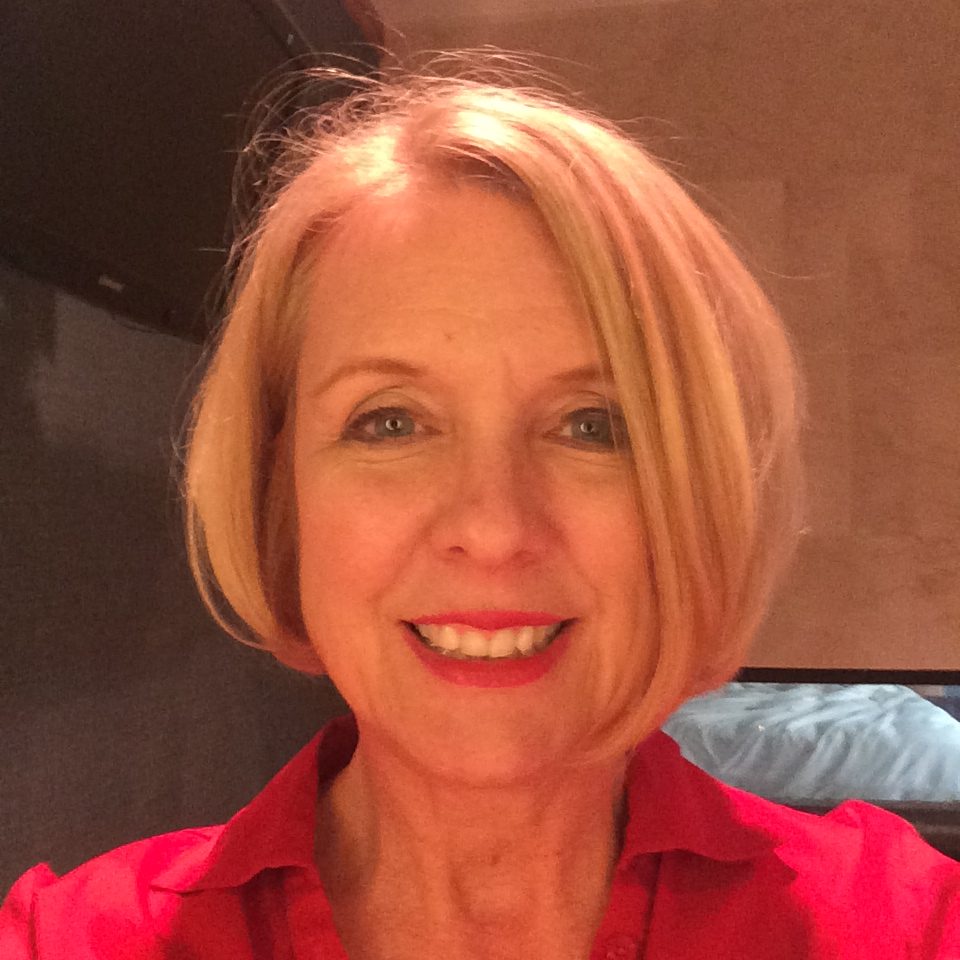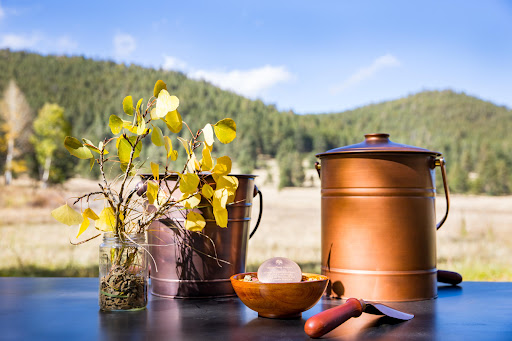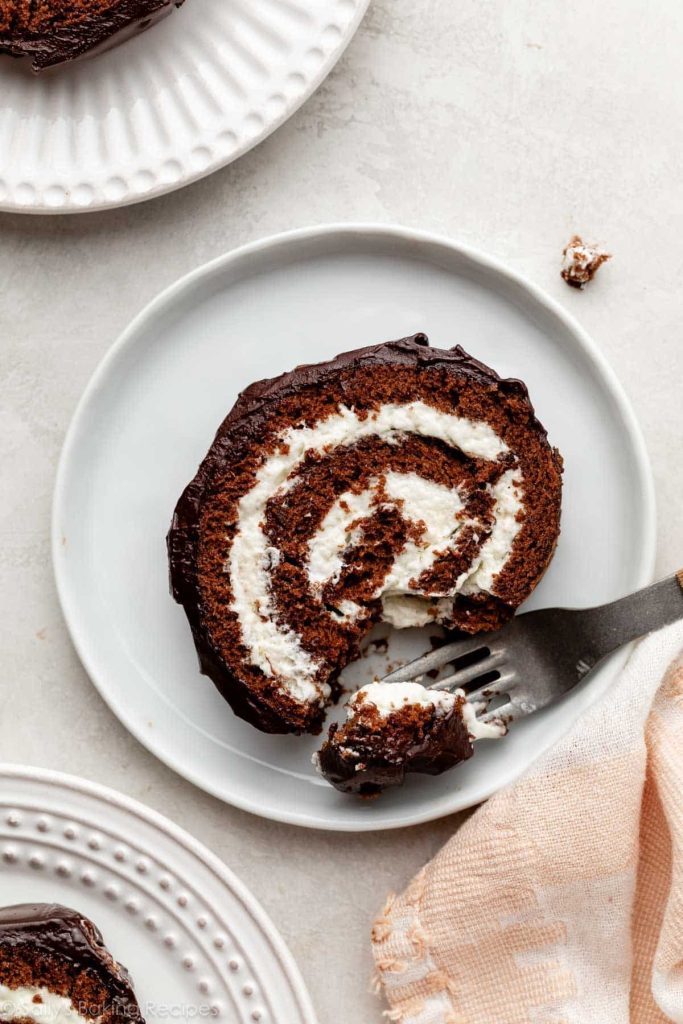This is part 1 in a our series on funerals. Read part 2 here.
Near the end of her mother’s life, Barrie Page Hill began thinking about the funeral and the best way to honor her mother.
“My mom was a wildlife artist and very into nature,” Hill said. “She was happiest when she was sitting by a babbling brook or looking out at a mountain.”
From conversations, Hill knew her mother wanted a simple funeral but did not want to be cremated. When Hill learned about green burial—with a biodegradable shroud or casket, no embalming and no concrete vault—that seemed like a good fit. But when she tried to make plans, she said, “it was problematic.”
No cemeteries in the Dallas area, where she lives, allowed green burial. The nearest green cemetery was in Houston. When she inquired at a funeral home, the director tried to “upsell” her toward a more elaborate casket and grave. Hill gave up on going green.
Overwhelming Choices
Those contemplating funeral arrangements for themselves or a family member now have many choices. In addition to traditional burial or cremation, families may choose options like green burial, composting, burial at sea or donating the body to medical science.
With more choices, families can plan funerals that better reflect a deceased person’s values or passions. However, more choices can also make the decision process more complicated, even overwhelming. And, as Hill discovered, those who want nontraditional options may face roadblocks.
That’s because there’s a disconnect between what many consumers want and what the funeral industry offers, according to Darren Crouch, CEO of Passages International, which supplies sustainable items like willow caskets and biodegradable urns to funeral homes.
“The funeral industry is a relatively traditional industry that has done things a certain way for generations,” he said. “When a death occurs, people are not in a good state. They’re not asking the right questions. Because funerals have time constraints, decisions get made quickly. Without advanced planning, the deceased person—who might have driven a hybrid vehicle, worn organic clothing and eaten organic produce all their life—could easily end up pumped with embalming fluids and buried in a metal casket in a concrete vault.”
Eco-Friendlier Options
When someone dies, surviving loved ones must make two basic decisions: what to do with the body (funeral directors call it the “disposition”) and the particulars of the viewing, funeral and/or memorial service.
The death-care traditions of some religious groups are inherently eco-friendly. For example, for traditional Jewish and Islamic funerals, bodies aren’t embalmed; instead, they are placed in simple wood caskets and buried within one or two days.
For many others, green burial is appealing because it offers a less expensive option with less impact on the environment, compared to traditional burial. Bodies are buried in biodegradable shrouds or in caskets made of willow, plain wood or cardboard. Green burial grounds generally do not accept embalmed bodies, although some make exceptions for newer, more eco-friendly embalming fluids. To preserve the natural landscape, most don’t allow headstones, but some do permit ground-level stone markers.
Prices for green burials vary widely by region and the type of green burial site, according to the Funeral Consumers Alliance. A grave site and interment in a green burial ground typically ranges from $1,000 to $4,000. The biggest cost advantage of going green: instead of an expensive metal casket, embalming and a vault, the only cost is a biodegradable casket or shroud. Some burial grounds don’t even require any sort of container.
A lot of families express interest in green burial, but few end up choosing that route, according to Joseph Reardon, vice president for community development and advance planning for Keohane Funeral Home in the Boston area. Keohane was the first funeral home in Massachusetts certified by the Green Burial Council but it faces a big obstacle: the nearest green burial ground is in Maine. The Green Burial Council estimates that there were 340 certified green burial cemeteries in the United States in 2021.
Many traditional cemeteries are beginning to set aside space for those who want greener options. However, outdated local and state laws are hindering the growth of dedicated green burial grounds. No state laws explicitly prohibit green burial, but existing laws are tailored to the traditional burial model. For instance, some states require a large endowment fund to establish a new cemetery; that’s cost prohibitive and unnecessary for a cemetery that will be kept in its natural state and won’t need mowing or upkeep.
Some people donate their body to a medical school because they’re disenchanted with the traditional death industry.
Green burial isn’t the only eco-friendly option. Emerging alternatives include natural organic reduction, which composts a body into soil, and alkaline hydrolysis (also called aquamation or liquid cremation). In organic reduction, which costs about $5,000, the body is placed in a receptacle along with wood chips, straw or other organic material, and will turn into soil after about four weeks. (Farmers use a similar process to compost livestock.) Alkaline hydrolysis, which costs about $3,500, involves placing the body in a stainless-steel receptacle and adding a pressurized solution to rapidly decompose it into water. These options aren’t legal in all states. Both methods avoid the emissions and energy use associated with conventional cremation, which costs about $1,500.
One low-cost and altruistic option is donation of the body to science. Cadavers are essential for teaching medical students or for testing new surgical techniques. Body donation usually does not involve any cost to the family. (If the body is donated to a specific medical school that’s not nearby, there may be a transportation cost.)
A body may be donated directly to a teaching medical school or through a body donation operation such as ScienceCare. About 20,000 people (or their families) donate their bodies to scientific research and education each year, either “because they want to make their deaths meaningful, or because they’re disenchanted with the traditional death industry,” according to the MIT Technology Review.
For people who felt a connection to the water in life, burials at sea can be very meaningful for their loved ones.
Captain Brad White of New England Burials at Sea assists families who wish to scatter ashes or bury a loved one’s body at sea. Per EPA regulations, a body must be taken out to a depth of 600 feet—about 40 miles off the coast of Massachusetts. The body is wrapped in a biodegradable shroud and weighted with cannonballs.
“Fewer families are seriously religious these days,” White said. “For some, the ocean is their church.”
Burial at sea avoids the cost of cremation or embalming, as well as a casket, cemetery plot and vault. However, a burial from a boat large enough to accommodate many mourners can run thousands of dollars, largely due to the high cost of fuel. Full body burials at sea are not new, but they are relatively rare. In 2020, 2,544 Americans were buried at sea, according to data collected by the EPA.
Rise in Cremation
When Reardon started in the funeral business 35 years ago, virtually every local funeral followed the traditional Catholic pattern: the deceased was embalmed and placed in a metal casket for the viewing and funeral, usually presided over by a priest, then buried in a cemetery plot with a concrete vault.
Today, about half of all funerals at Keohane involve cremation. Nationally, the average is about 57 percent. Many choose cremation because it is less expensive—but it’s not cheap. Funerals with cremation averaged $6,971 in 2021, while those with a viewing and burial cost around $7,848, according to the National Funeral Directors Association (NFDA).
About three-quarters of Keohane’s clientele still desire some sort of permanent marker to remember loved ones, according to Reardon. Many churches and cemeteries are adding columbaria—above-ground vaults for storing the cremains of the departed—as well as spaces for in-ground burial of cremated remains.
Scattering cremains in a meaningful spot can be problematic. Some cemeteries offer designated scatter gardens, but in other areas a permit may be required. In bodies of water, the highly alkaline cremains can foster algae blooms. That’s why the EPA requires that cremated remains be scattered so far from land, and it forbids scattering at beaches or in wading pools by the sea.
Some families find creative ways to handle ashes. Reardon knows a family that used a small amount of a loved one’s ashes to make ink for a memorial tattoo. Cremains can be turned into synthetic memorial diamonds. Parting Stone solidifies cremated remains into smooth stones, usually about 50 to 80 stones for an average-sized person. Families share the stones with loved ones or scatter them.
“Families are spread out these days,” said Justin Crowe, CEO of Parting Stone. “Previously, you lived and died in the same community and were buried in the local cemetery. That physical location doesn’t carry the same importance anymore.” Crowe noted that he has visited his maternal grandfather’s grave in Ohio only once, but keeps his paternal grandfather’s remains with him at his home in Santa Fe.
Funeral: the Final Goodbye
Once the burial or cremation is arranged, the next decision is the timing, venue and format of a funeral or memorial service. Once limited to places of worship, funeral homes or chapels, memorial gatherings are moving outdoors and to nonsacred places that were meaningful to the deceased.
With a bit of creativity, a funeral can be meaningful and reflect the person’s life without necessarily being costly. NFDA past president Randy Anderson recalled a funeral at his funeral home in Alexander City, AL. The woman loved to cook, so her signature recipe for teacakes was published in a pamphlet, and teacakes were offered after the service.
Because more and more Americans identify as “nones”—having no religious affiliation—some funeral homes provide certified celebrants to assist families with no religious affiliation in crafting a meaningful ceremony. The NFDA also offers RememberingALife.com, an extensive website with ideas for funeral planning.
Just as hospice has moved dying from the hospital to the home, a small but growing movement is encouraging families to move the funeral to the home. Family members or death-care guides (also called death doulas) wash the body, wrap it in a shroud and lay it out on a platform. The family sits vigil for a day or two before the body is cremated or buried.
Funerals held at home must comply with laws that vary from state to state.
Proponents say that a home funeral provides a more intimate, comfortable setting for family and friends. Mourners may be surrounded with photos, clothing, possibly even the deceased’s favorite chair. There are no hours at home funerals; people can easily sit up all night with the deceased, with more time for reminiscing or meditating on the person’s life. Like green burials, home funerals require advance planning. Laws related to home funerals vary by state. New York state law, for example, requires a licensed funeral director to handle many aspects of final arrangements, including the final disposition of the body. That means the family must pay for a funeral director’s services even for a home funeral. In states without that requirement, families choosing at-home funerals must understand the paperwork requirements normally handled by a funeral director, such as how to file the Certificate of Death.
Many families skipped or postponed funerals during the pandemic. Some now opt for direct cremation or burial, without holding a viewing or memorial service. However, psychologist Alan Wolfelt of the Center for Loss and Life Transition advises against skipping a memorial service entirely. Sitting with the dead body of a loved one helps survivors confront the reality of their loss. Mourning with friends and family helps gather support. When people fail to grieve properly, he adds, it’s easy to end up “living in the shadow of the ghosts of grief.”
“There’s a reason why humans of every culture have had funeral rituals for thousands of years,” he said. “They are critical rites of passage.”
As Green as Possible
By the time her mother died at age 83 in 2018, Barrie Page Hill had finally settled on a plan that felt right. She found a small cemetery in a rural area of Oklahoma, near where her mother grew up. The cemetery overlooks a peaceful valley; her plot is under a tree. Her mother’s parents and grandparents are buried there.
Because her mother’s body had to be transported across state lines from Texas to Oklahoma, by law the body had to be embalmed. A funeral home handled the embalming and transported the body to Oklahoma. Hill, her daughter and husband traveled to the cemetery for a private burial. The body was placed in a simple pine casket and buried in the ground, without a vault.
Hill is at peace.
“It was as green as I could get it, under the circumstances,” Hill said. “And she’s buried in a very peaceful place. It’s lovely.”

Freelance writer Mary Jacobs lives in Plano, TX, and covers health and fitness, spirituality, and issues relating to older adults. She writes for the Dallas Morning News, the Senior Voice, Religion News Service and other publications; her work has been honored by the Religion Communicators Council, the Associated Church Press and the American Association of Orthopaedic Surgeons. Visit www.MaryJacobs.com for more.



